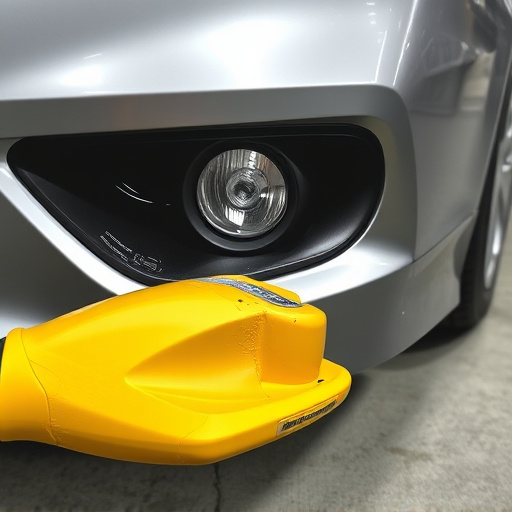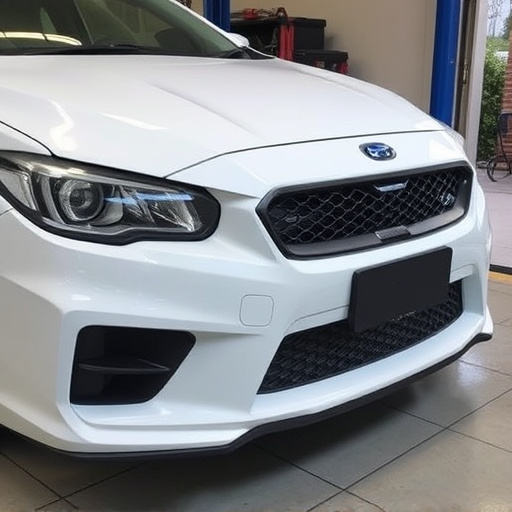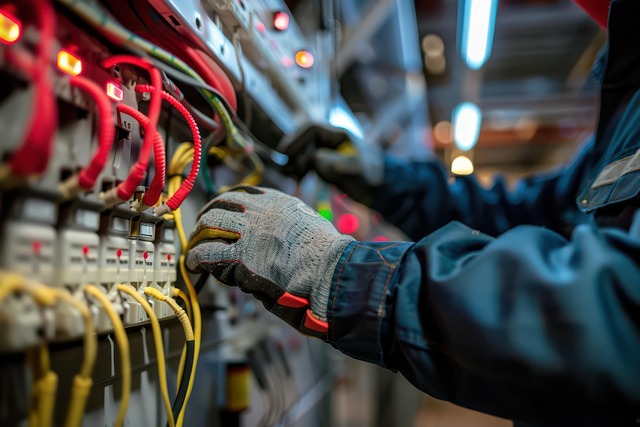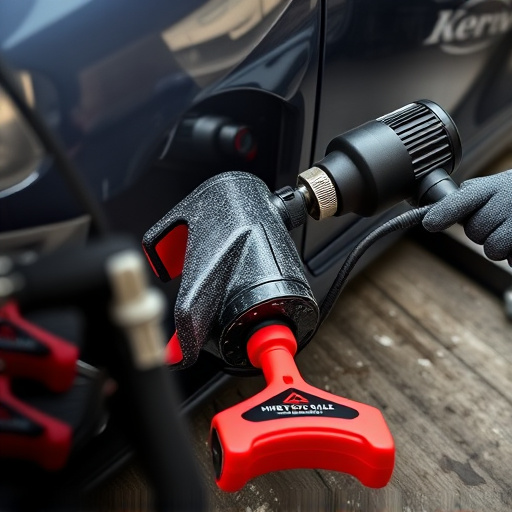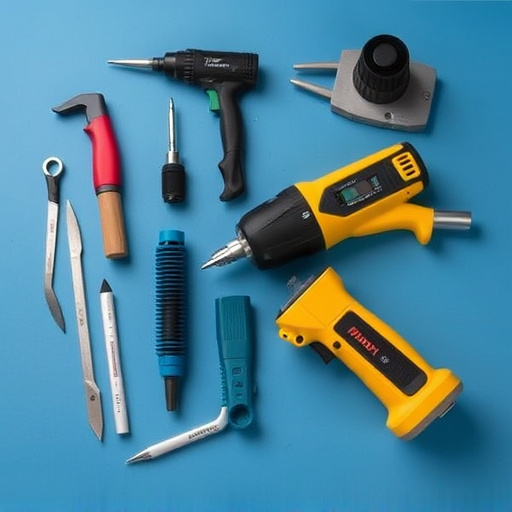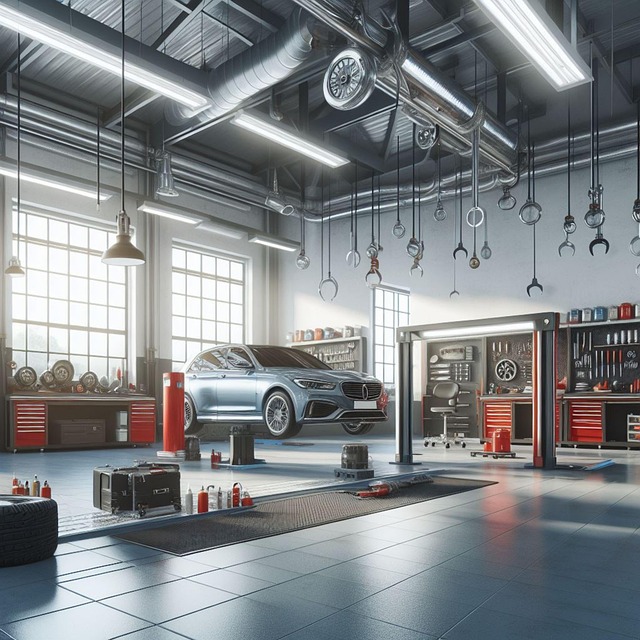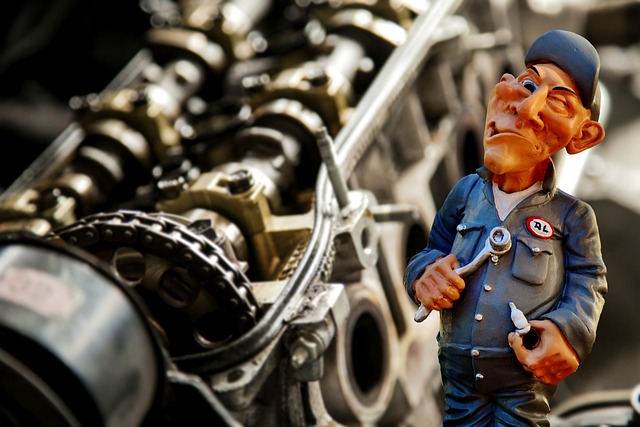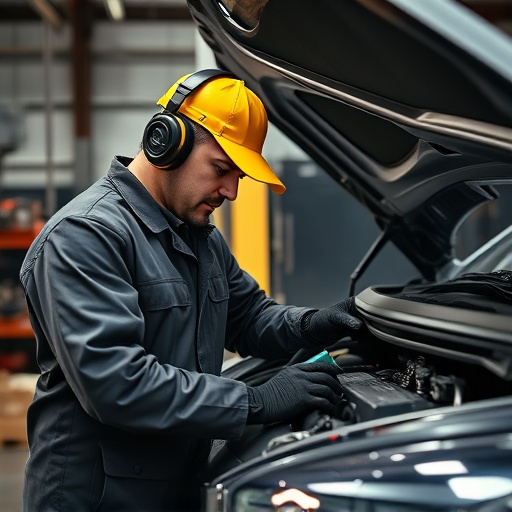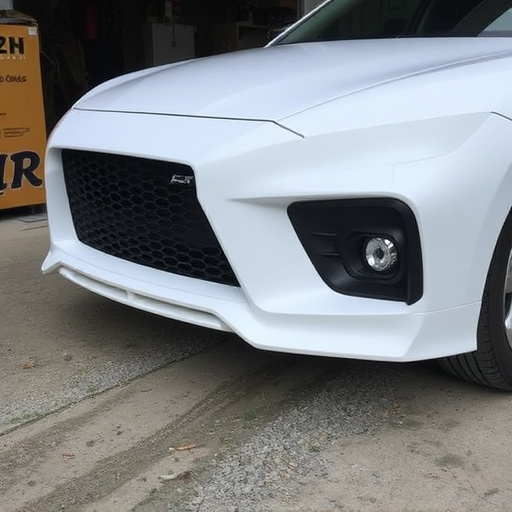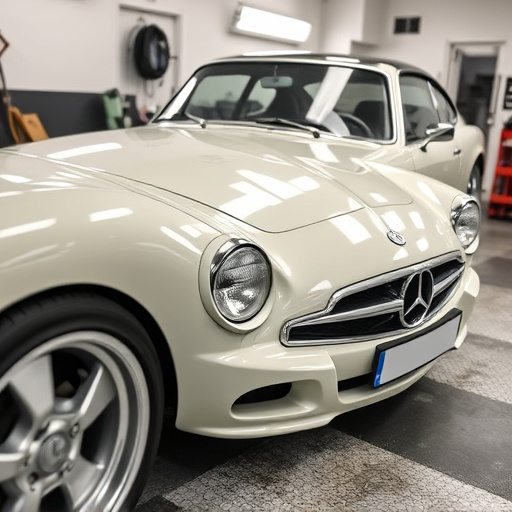Mercedes-Benz utilizes advanced robotics, CAD, and sensors in automated assembly lines to produce high-quality vehicles with minimal human intervention. Robot welding is a cornerstone technology, ensuring precise structural integrity and consistent quality across every vehicle. Human welders collaborate with automation, leveraging expertise for material variations and split-second adjustments, particularly in intricate car body repairs and fleet services, delivering top-tier results for Mercedes and luxury car brands.
Mercedes-Benz, renowned for its luxury and innovation, employs sophisticated welding techniques that underpin the construction of their vehicles. This article delves into the meticulous process of Mercedes factory welding methods, specifically exploring how automated assembly lines and advanced robotics contribute to precision manufacturing. From the streamlined operations of robot welding to the essential role of human expertise in fusion processes, we uncover the intricate details that shape modern car production.
- Understanding Mercedes' Automated Assembly Line
- Robot Welding: Precision in Action at Mercedes
- Beyond Robots: Human Skill in Fusion Processes
Understanding Mercedes' Automated Assembly Line
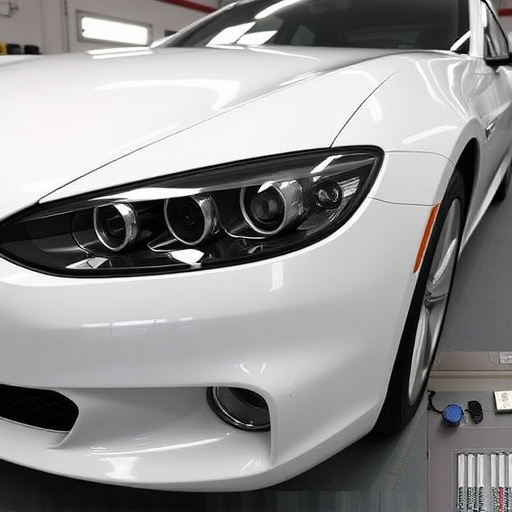
Mercedes-Benz is renowned for its cutting-edge manufacturing processes, and their automated assembly lines are a prime example of industrial efficiency. These lines are meticulously designed to streamline the production of high-quality vehicles while ensuring precision and consistency in every stage. The process involves advanced robotics, computer-aided design (CAD), and sophisticated sensors that work in harmony to create cars with minimal human intervention. By implementing such automated systems, Mercedes can maintain rigorous standards across all its models, from sleek sedans to powerful SUVs.
Understanding the assembly line is key to comprehending how Mercedes factory welding methods are executed. The line typically begins with the unassembled chassis, which undergoes various stages of preparation and inspection before being introduced to robotic arms that perform precise welding tasks. This technology not only speeds up production but also enhances the overall strength and integrity of the vehicle’s structure, as each weld is accurately positioned and executed according to detailed specifications. Moreover, this automated approach plays a significant role in minimizing errors, ensuring that every Mercedes rolls off the line with superior craftsmanship, setting a high bar for auto maintenance and collision repair standards.
Robot Welding: Precision in Action at Mercedes
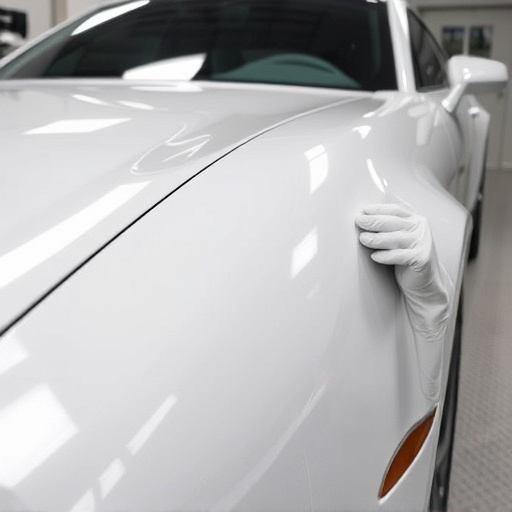
At Mercedes, robot welding plays a pivotal role in their automated assembly line protocols. These advanced robotic arms are programmed to execute precise welds with unwavering consistency, ensuring every vehicle meets the brand’s meticulous quality standards. By integrating robot welding, Mercedes not only enhances productivity but also achieves unparalleled precision and accuracy, features that are essential for crafting high-quality automotive collision repair and car restoration solutions.
The implementation of robot welding in Mercedes’ factory floor allows for seamless integration of various weld types, catering to different vehicle components and structures. From structural joints to intricate trim pieces, these robots work tirelessly to deliver flawless results, mirroring the brand’s commitment to excellence in every aspect of car manufacturing, including the minutest details that contribute to a seamless car scratch repair experience.
Beyond Robots: Human Skill in Fusion Processes

In the high-precision world of Mercedes factory welding methods, automation plays a pivotal role, but human skill remains an indispensable component. While robotic arms handle many tasks along the automated assembly line, especially in repetitive and precise welding processes, human welders still bring crucial expertise to the table. Their training and experience enable them to adapt to variations in material, thickness, and other factors that robots might struggle with. Human welders are adept at making split-second adjustments, ensuring each weld meets the exacting standards required for Mercedes vehicles—a level of finesse that machines alone cannot replicate.
This blend of automation and human skill is particularly notable in fleet repair services and automotive restoration work, where cars may require intricate car body repairs that demand a subtle touch. The same principles apply to meticulous automotive restoration projects, where every detail must be perfect to preserve the vehicle’s historic integrity. Human welders’ ability to interpret complex blueprints and use their hands-on knowledge makes them invaluable assets in these specialized services, complementing automated processes to deliver top-tier results for Mercedes and other luxury car brands.
Mercedes factory welding methods combine cutting-edge automation with skilled human labor, seamlessly integrating robot welding precision alongside traditional fusion processes. This hybrid approach ensures optimal quality and efficiency throughout the assembly line, setting a new standard in automotive manufacturing. By leveraging both technology and expertise, Mercedes continues to innovate, delivering superior vehicles that meet the highest standards of craftsmanship.
